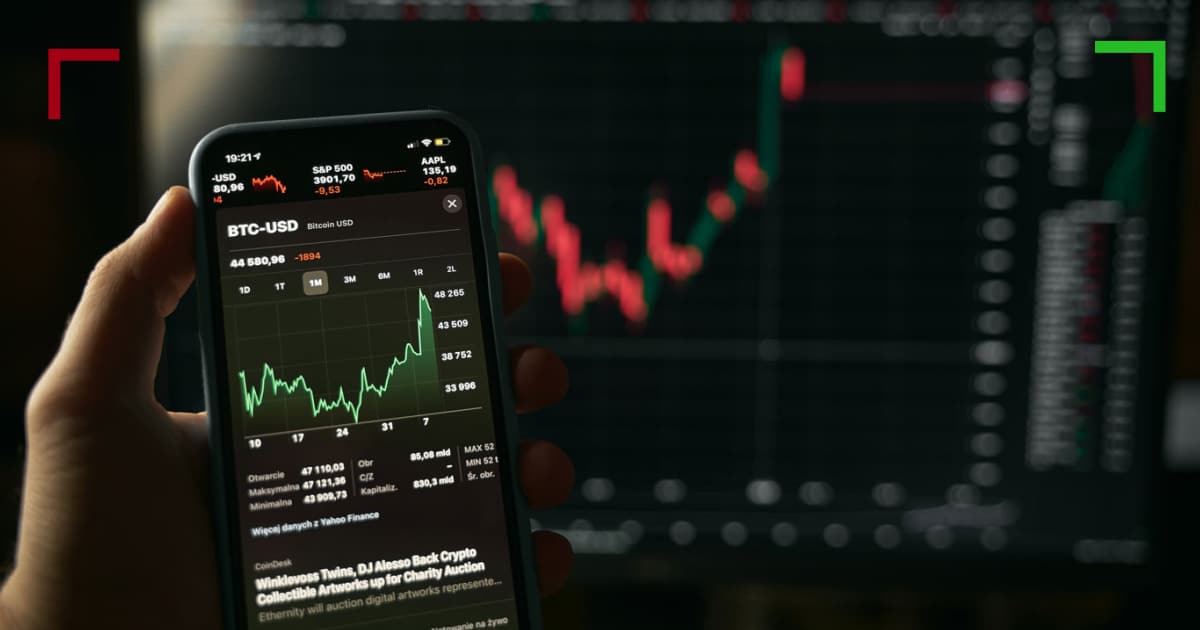
Effective Crypto Trading Strategies
In the fast-paced environment of cryptocurrencies, having a well-defined strategy can mean the difference between profit and loss. Crypto Trading Strategies http://recursosanimador.com/scripts/librovisitas2.php?pagina=9590 This guide explores various crypto trading strategies that can help both beginners and experienced traders make informed decisions and manage risks effectively.
1. Understanding the Basics of Crypto Trading
Before diving into specific strategies, it is essential to understand some basic concepts. Cryptocurrency trading involves buying and selling digital currencies (like Bitcoin, Ethereum, etc.) either for speculative purposes or in response to market changes. Traders analyze market trends, price movements, and various indicators to make informed decisions.
2. The Importance of Research
In crypto trading, research is vital. Keeping updated with market news, understanding blockchain technology, and analyzing market behavior can provide traders with an edge. Numerous resources, including news websites, social media channels, and crypto forums, can be valuable for research.
3. Different Types of Trading Strategies
3.1. Day Trading
Day trading is a strategy where traders buy and sell within the same day, often making several trades in one session. This method requires quick decision-making and a good grasp of market trends. Day traders typically capitalize on small price movements and often use technical analysis to predict market trends.

3.2. Swing Trading
Swing trading involves holding onto assets for a few days to weeks to capitalize on expected upward or downward market shifts. This strategy is less intense than day trading and requires traders to react to market trends while considering longer-term movements.
3.3. Scalping
Scalping is another strategy where traders aim to make small profits from numerous transactions throughout the day. Scalpers typically only hold positions for a few seconds to minutes, needing to execute trades quickly to take advantage of minor price changes.
3.4. HODLing
HODLing refers to holding a cryptocurrency for an extended period regardless of market fluctuations. This strategy is based on the belief that the asset will increase in value over the long term. It is a more passive approach and requires less frequent decision-making.
4. Risk Management
All trading strategies should include a robust risk management plan. This can include setting stop-loss orders, taking profits at predetermined levels, and managing position sizes to mitigate potential losses. Without proper risk management, even the best strategies can lead to significant financial losses.
5. Emotional Discipline
Maintaining emotional discipline is crucial in trading. Fear and greed can lead to irrational decisions. Successful traders often develop mental frameworks to guide their decision-making processes, reducing impulsive actions during market volatility.
6. Technical Analysis vs. Fundamental Analysis
Two primary methods that traders use to analyze cryptocurrencies are technical analysis and fundamental analysis:

6.1. Technical Analysis
This method involves analyzing historical price charts and patterns to predict future price movements. Traders use various tools and indicators, such as moving averages and RSI (Relative Strength Index), to inform their trading decisions.
6.2. Fundamental Analysis
Fundamental analysis considers the overall value of a cryptocurrency, examining factors such as its underlying technology, team, market fit, and overall economic conditions. Traders employing this strategy often look for undervalued assets or potential growth opportunities.
7. Utilizing Trading Bots and Automation
Many traders use automated trading bots to execute trades on their behalf. These bots can analyze market conditions, make decisions based on pre-set parameters, and execute trades 24/7. While bots can increase efficiency, it’s essential to ensure they are programmed with sound strategies to avoid unexpected losses.
8. Staying Informed and Adapting
The cryptocurrency market is constantly evolving. Staying informed about new technologies, regulatory changes, and market sentiment can empower traders to adapt their strategies as needed. Continuous learning and flexibility can significantly enhance trading success.
Conclusion
In conclusion, developing effective crypto trading strategies requires a blend of research, discipline, and market knowledge. By understanding different types of trading strategies, implementing a robust risk management plan, and staying informed about market trends, traders can navigate the volatile crypto landscape more effectively. Remember that successful trading is not about winning every trade but consistently making well-informed decisions over time.
Additional Resources
For further reading, consider exploring various online courses, forums, and webinars dedicated to cryptocurrency trading. Engaging with the community can also provide valuable insights and tips from experienced traders.



Leave A Comment